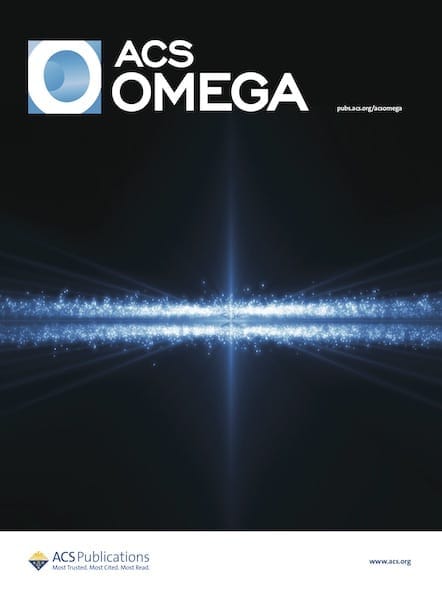Recent work unveils a simple, cost-effective method of turning static electricity into a functional power source using double-sided tape and other simple household items.

With winter and cold weather comes certain nuisances, one of which is static electricity—and the startling little shocks that often come with it. Whether it’s pulling your favorite sweater over your head, opening a door, or even petting your dog or cat, most of us could probably do without the aggravation of static sneak attacks. But what if there was a way to harvest static electricity and use it to generate power, instead of discharging little zaps everywhere we touch?
The Power of Tacky Tape
Some researchers are progressing towards harnessing this otherwise wasted static electricity with triboelectric nanogenerators, or TENGs. A recent study published in ACS Omega proposes a novel contact–separation TENG using double-sided tape and an aluminum-covered polyester film.1
The team found that the strong bonding nature of the tape adhesive generated a significant charge, and the two layers generated a spark when pulled apart from each other. They also observed that the greater the pressure placed on the layers when stuck back together, the more power was generated upon separation. But instead of that static turning into a shock, these tape-based TENGs sent it through a circuit to power an LED—essentially converting mechanical energy into electrical energy.1
This kind of small-scale electrical power generation could one day drive low-power profile electronics in many different applications, from health sensors to battery-free toys and devices.2
And it’s not the first time that researchers have turned to everyday household items such as tape for ideas on how to generate power. Paper-based electronic circuits have also gained attention as an eco-friendly, cost-effective alternative to conventional circuit materials. A recent study in ACS Applied Materials & Interfaces showcases new “papertronic” techniques for developing tunable resistor, supercapacitor, and transistor circuitry on a single sheet of paper.3
We are increasingly accepting of single-use electronics and sensors to evaluate health or monitor environmental conditions, but poor disposability and resource waste are an issue. However, paper is the most abundant natural polymer, and it is proving to be an ideal material to realize flexible and eco-friendly TENGs.4
Explore Related Research from ACS Journals
Stretchable Unsymmetrical Piezoelectric BaTiO3 Composite Hydrogel for Triboelectric Nanogenerators and Multimodal Sensors
DOI: 10.1021/acsnano.1c10678
Dyeing-Inspired Sustainable and Low-Cost Modified Cellulose-Based TENG for Energy Harvesting and Sensing
DOI: 10.1021/acssuschemeng.1c08095
References
- Jang, M.-H. et al. Power Generation by a Double-Sided Tape. ACS Omega 2022, 7, 46, 42359–42369.
- Chandrasekhar, A. et al. Battery-Free Electronic Smart Toys: A Step toward the Commercialization of Sustainable Triboelectric Nanogenerators. ACS Sustainable Chem. Eng. 2018, 6, 5, 6110–6116.
- Landers, M. et al. Integrated Papertronic Techniques: Highly Customizable Resistor, Supercapacitor, and Transistor Circuitry on a Single Sheet of Paper. ACS Appl. Mater. Interfaces 2022, 14, 40, 45658–45668.
- Jo, S. et al. Antibacterial and Soluble Paper-Based Skin-Attachable Human Motion Sensor Using Triboelectricity. ACS Sustainable Chem. Eng. 2020, 8, 29, 10786–10794
